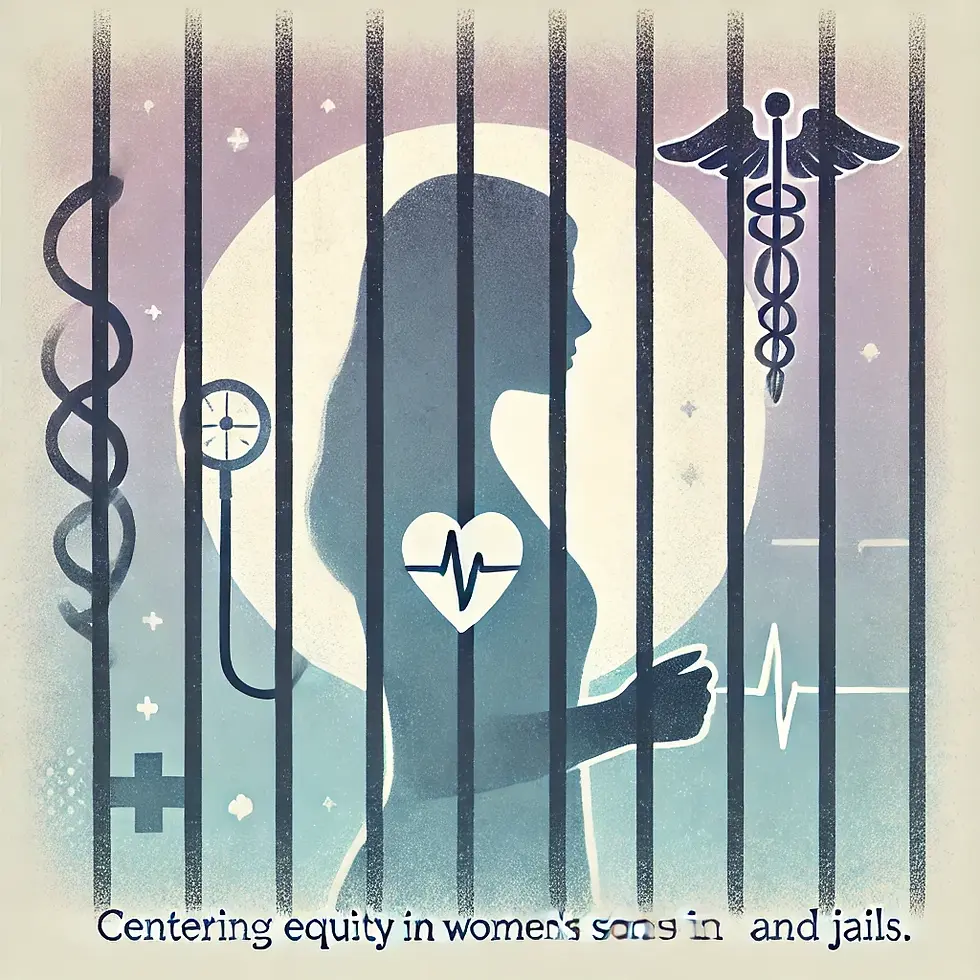Top Myths of the Anti-Trafficking/Anti-Sex Work Movement (Part one)
- Swop Behind Bars

- Aug 19, 2021
- 4 min read

What is the anti-trafficking/anti-prostitution movement?
Who in their right mind would not be against trafficking, right? So the anti-trafficking movement - lead by a conglomeration of many influential U.S. nonprofits - would have to be a good thing... right? It's not that a movement of people against sex trafficking is "bad." Not at all. Sex workers want to end trafficking too. The issue is that the anti-trafficking movement, who call themselves "abolitionists" against the "modern day slavery that is sex trafficking" is highly, highly problematic (obviously, by the aforementioned favorite terms of the movement.) Here we will begin analyzing some of the many problems of this movement, which is not just anti-sex trafficking, but anti-sex work as well.
Myth Number 1: Trafficking on U.S. Reservations Does Not Exist
Some of the highest incidences of sex trafficking and violence against Native women are caused by non-Native men coming onto reservations and committing violence against Indigenous women. Sadly, there is just not enough comprehensive data about murdered and missing Indigenous women. An example of just the ways in which the federal government devalues murdered and missing Indigenous women is that in South Dakota, in one of the nation's most economically impoverished areas - the Pine Ridge Reservation- Rep. Peri Pourier of Pine Ridge says that many perpetrators are taking advantage of the gaps between multiple jurisdictions. In South Dakota in Spring 2021, 109 people were reported missing of which 77 were indigenous. This is no accident, but a continued legacy of the terrors of colonization and white supremacy.
The reservation system in the US was formally created by colonizers in 1851, though mass colonization, violence and displacement took place long before this. With 574 federally recognized tribes across the country and 325 federal reservations, in places like Pine Ridge the poverty rate is 51.2% as reported by the Oglala Lakota Sioux and the unemployment rate is 80%. The result of colonization is non-Native men coming onto reservations and perpetrating violence against Native women that encapsulates a significant portion of violent crime against Native women.
When one goes to an anti-trafficking conference in the US, one issue that is sadly not typically represented is the voice of Native women on the subject of sex trafficking - particularly as it pertains to reservation lands and the gaps that exist in legal protections between the reservation and the non-reservation lands. Not having Indigenous women’s voices at these anti-trafficking events is just another form of erasing Native women.
Myth Number 2: All People Being Sex Trafficked are Cis Women
Another myth of the anti-trafficking industrial complex is that all people being trafficked are cisgender women, while all traffickers are cisgender men. A big example of this in end demand/abolitionist circles is the very nature of what are called “John Schools”. John schools are a type of federally funded diversion program for people avoiding solicitation charges. It is present in 50 cities across the US and is part of an overall change in the way the US has been addressing prostitution related charges within the penal system through a philosophy called “End Demand.” End Demand is basically the US version of the Nordic Model, which is where the legal system attempts to go after the “buyers” side instead of the side of the sex worker.
As part of End Demand mythology, it is posited that all buyers are men and all prostitutes are women. Queer and Trans people are not even considered nor spoken about. It’s never considered that maybe a woman or femme person might hire a non-cis woman sex worker. Maybe a cis man hires a Trans man. Maybe a non-binary person hires a non-binary sex worker. There are so many variations, and especially within the Queer community where sex work is slightly more destigmatized, every combination really can and does exist. This exclusion of Queer/Trans people and Queer/Trans cultures from anti-trafficking ideology only serves to make it’s logic more faulty and less inclusive.
Nonprofits like Demand Abolition are highly influential in the U.S. anti-trafficking movement. The abolitionist ideology is rooted in the idea that “sex buyers” define the nature of the sex industry and that the sex industry is just another form of gender based violence; like intimate partner violence or female genital mutilation. According to the United Nations High Commissioner for Refugees, “ Gender-Based violence refers to harmful acts directed at an individual based on their gender. It is rooted in gender inequality, the abuse of power and harmful norms.”
The problem with looking at problems within sex industry work as disseminating solely from sexism and patriarchy is that it is myopic. The reality is that the vast amount of vulnerability within the sex industry is experienced by not cis white women, but Trans Women of Color, especially Black Trans Women. This would seem to challenge End Demand’s white feminist ideas about only cis women incurring violence within the sex industry, as Black Trans women have the added layers of racism and transphobia to deal with. Many women also have the realities of intergenerational poverty - itself, something very much tied to racism and white supremacy - as well as the ways capitalist society treats individuals on the margins.
End demand has a white feminism problem, and in just looking at violence and exploitation in the sex industry as an issue of sexism, they are effectively erasing the experiences of so many sex trafficking survivors and sex workers.




Commentaires